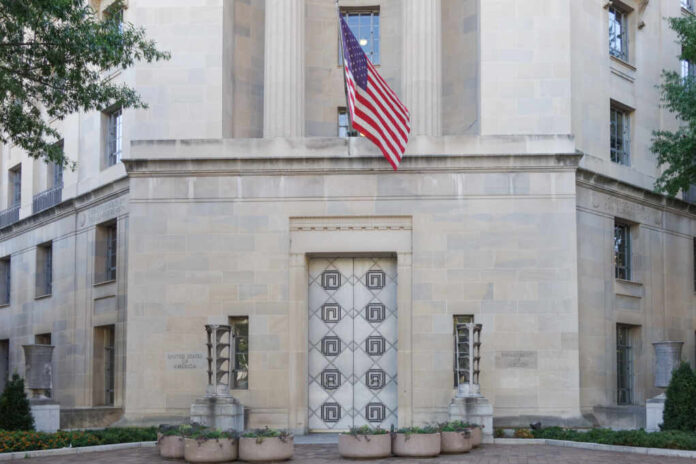
Revitalizing Washington D.C.’s architecture begins with challenging its cold, concrete past and imagining a cityscape of beauty and vitality.
At a Glance
- President Trump pushed for transforming public federal buildings with traditional and classical designs.
- The directive mandates community involvement and presidential notification if designs deviate from the new principles.
- Washington’s Brutalist buildings are criticized for their unappealing aesthetics and misalignment with the city’s heritage.
- The FBI and HUD are vacating their Brutalist quarters as part of this architectural shift.
A Call for Change
As Washington, D.C. stands at the brink of an architectural revelation, the focus on Brutalist structures is under scrutiny. This architectural style, with its unadorned concrete and towering forms, represents a bygone era when cost-efficiency and durability dictated design choices. Once seen as practical, these monolithic buildings are now decried as symbols of alienation, serving neither the community’s aesthetic nor functional needs.
Leaving behind these “concrete monstrosities,” as some critics call them, federal agencies like the Department of Housing and Urban Development (HUD) and the Federal Bureau of Investigation (FBI) are relocating, underscoring the dissatisfaction. These moves align with a Trump-era directive to imbue federal architecture with traditional and classical design elements that inspire civic pride and reflect historical values.
Defending Heritage vs. Embracing Evolution
Opposition to the radical transformation of Washington’s architectural landscape remains. The debate pits historical preservationists, clinging to architectural relics, against modern proponents advocating for vibrant, community-focused spaces. Critics argue that Brutalist structures, erected primarily between the 1960s and 1970s, should be preserved as part of the country’s cultural fabric. Others, however, argue that forcing daily interactions with these buildings is unfair to the public who finds them oppressive and uninspiring.
“2024 GGWash Picks: DC’s brutalist buildings tell a half-hidden history.” – Greater Greater Washington
This architectural tug-of-war also involves ethical considerations. Urban design should transcend mere functionality to foster inclusivity, fighting against anti-homeless architecture and ensuring public spaces welcome all citizens.
Architectural Futures: Adaptation or Demolition
As the conversation continues, some propose an adaptive reuse strategy for these Brutalist structures. Innovative redesigns, integrating sustainable technology and creating mixed-use developments, could breathe new life into these relics without complete demolition. Success stories like London’s Barbican Estate, transformed into a cultural hub, offer a glimpse of potential adaptive reuse outcomes.

























